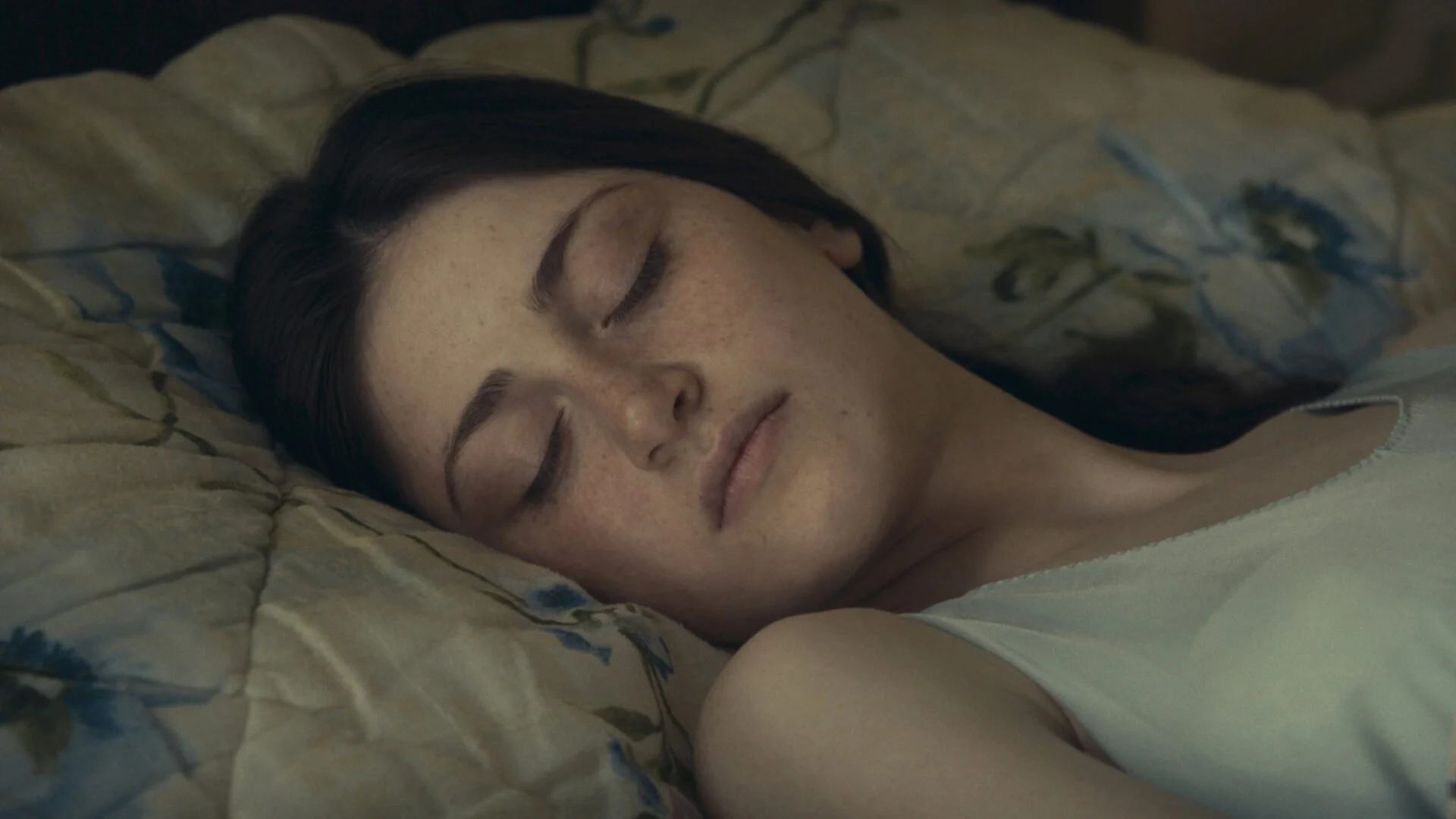Film review: What Do We See When We Look at the Sky? casts a spell in The Cinematheque's ode to Georgian films
Beautiful characters and old-world enchantment make it a great introduction to a country’s cinema that has only recently been rediscovered by Western viewers
What Do We See When We Look at the Sky?
What Do We See When We Look at the Sky? screens September 18 and 23 at The Cinematheque; Georgian Cinema: Dreaming at the Crossroads runs September 18 to 26
YOUNG LOVE IS THWARTED by a curse in the wonderful What Do We See When We Look at the Sky?, one of the better-known titles in The Cinematheque’s season of Georgian films screening this month. Lisa and Giorgi quite literally bump into each other in the film’s opening moments, falling immediately in love, and resolving to meet the following day at a cafe. That’s when a spell cast by persons or things unknown places both of them in entirely new bodies, making it impossible for each to recognize the other, while also robbing Lisa of her knowledge as a pharmacist and Giorgi his skills as a footballer. As you might expect from this foiled meet-cute and its formal interest in symmetry, both end up working for the same café-owner, both idly wondering whatever happened to the other.
Some of these details come to us via a narrator who, like the movie as a whole, is prone to thoughtful digressions and apparent non-sequiturs. Locals gather in various public spaces to watch the World Cup, including a small community of street dogs with apparently rich inner lives. Children play soccer and people come and go in subplots that have only a glancing impact on the larger story. Gradually we’re introduced to a team of filmmakers who take an interest in the couple. In the film’s subtlest duality, they unwittingly confront Lisa and Giorgi’s predicament with cinema’s more practical form of magic.
There are brief moments when Alexandre Koberidze’s film comes a little too close to whimsy. Key information is conveyed, for instance, by a seedling, a drainpipe, and a surveillance camera, each presented briefly as characters in the film’s first 10 minutes. But this is our introduction to an ancient worldview of animism and “superstition” that finally pervades the entire enterprise. What seems a little daft in the beginning becomes something larger and more potent by the end, and this includes, as many have noted, the role of Koberidze’s location itself. Kutaisi is a medieval city, believed to be the third oldest in the world, while the film’s invisible villain, the explicitly named Evil Eye that sets events in motion, also happens to date back to the 6th century BC.
Featuring newer titles like this one (from 2021), but also films from the '30s and further into the Soviet era, this series is designed by The Cinematheque as a primer for a national cinema that has only recently been rediscovered by Western viewers. Chief among the pleasures of What Do We See… are the whispers of a heavily foreign culture that looks a lot like ours but with the enchantment of the old world forever baked in. It’s visible in the very syntax of the film itself, where long meditative pauses depict nothing more than the movement of life, giving What Do We See… a languid two-and-a-half hour running time that miraculously never fails to captivate. And naturally, from the picturesque groups of children to a mysterious woman footballer and the two leads (Ani Karseladze and Giorgi Bochorishvili), everyone is beautiful, even when they aren’t. That includes the stout Ed Asner-esque cafe-owner played by Vakhtang Fanchulidze, who lends the film a soft and reassuring paternal presence—another reminder that What We See isn’t everything.















